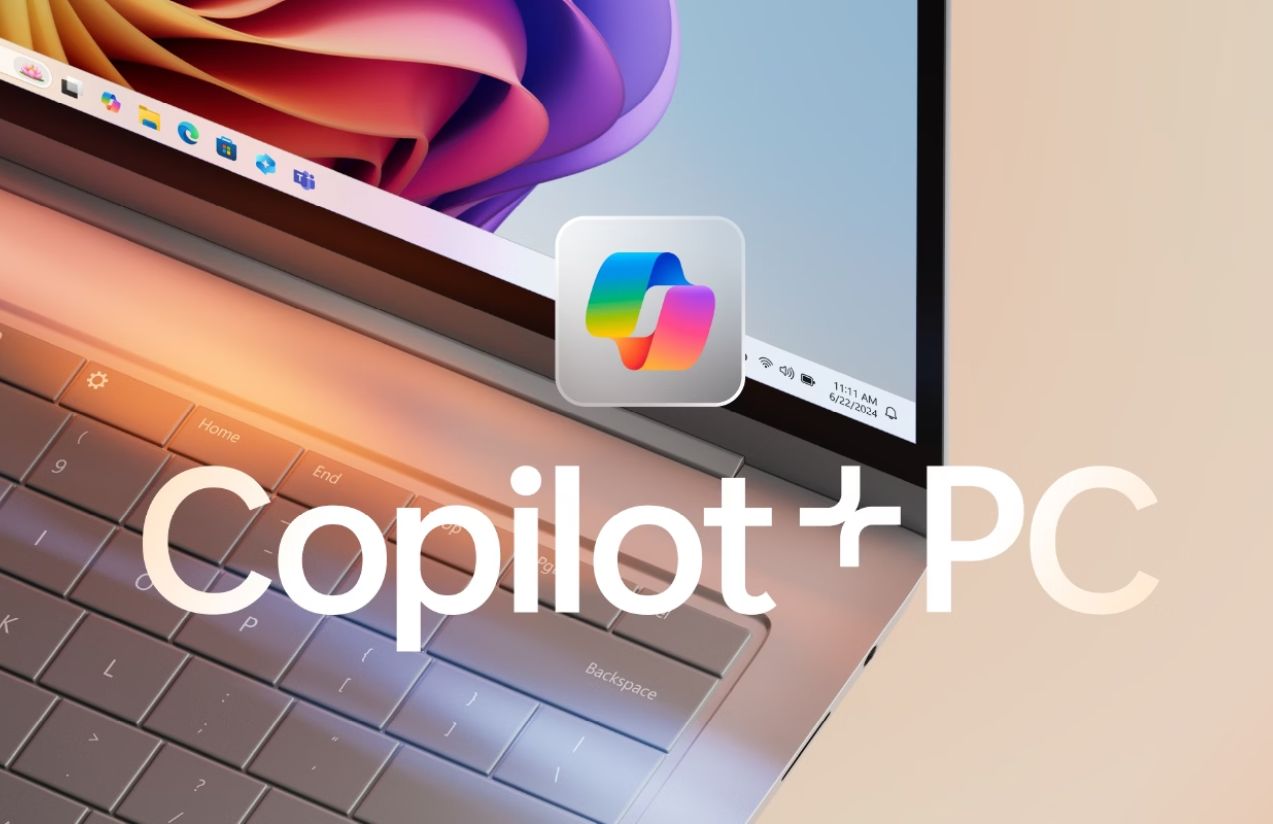In the world of hardware, it’s not uncommon to come across names and labels that sound complex—or even nonsensical. Often, instead of clarifying the real capabilities of a component or an entire system, these terms are more about marketing strategies than technical accuracy. The goal: to convince buyers they need something that, in reality, may offer little actual value.
PC components typically come with long lists of technical specifications that can be overwhelming for the average user. The confusion deepens when each new technology launch brings with it a fresh wave of terminology designed to make products seem tailor-made for the latest trend. In this landscape, knowing what truly matters—and what’s just noise—becomes essential.
Recognizing a component’s real purpose isn’t always straightforward. Many manufacturers release systems allegedly “optimized” for specific tasks. But are they really? Over the years, it’s become clear that these changing labels often follow market trends more than they reflect tangible performance improvements.
A prime example was the arrival of virtual reality. Suddenly, a slew of computers and graphics cards were marketed as “VR Ready.” In truth, this label mostly signaled that the system met the minimum requirements for running VR applications. Today, even mid-range PCs released four or five years ago can handle VR without much trouble, making “VR Ready” more of a marketing buzzword than a meaningful feature.
Now, we’re seeing a similar pattern with the rise of artificial intelligence. Devices “Equipped with AI” are everywhere—an even vaguer term than its VR predecessor. Unlike VR, AI is widely accessible via cloud services, meaning that most users don’t need specialized hardware to benefit from it. Yet companies like NVIDIA have embraced the term to promote their latest GPUs, even though older models are fully capable of handling AI-related tasks.
In reality, only a small percentage of users run advanced AI processes locally. Take the new “Copilot+ PCs,” for example—systems that promise enhanced AI integration but essentially just offer improved virtual assistant features and a few extra functions in Microsoft 365.
What we’re witnessing is not just the evolution of technology, but the evolution of commercial language. Every time a new tech trend emerges, companies coin fresh terms that often say little about the product’s actual capabilities. And all signs suggest this practice is here to stay.

